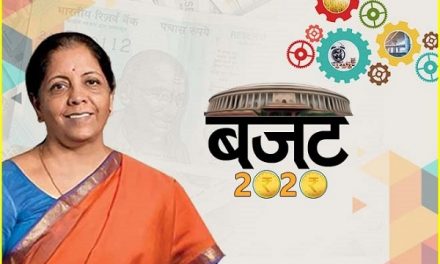The government at the Centre on Tuesday announced a new set of guidelines for the upcoming national covid vaccination drive programme that will begin from June 21. As per the new guidelines, all vaccine doses will be allocated to the states and union territories based on their population, disease burden, and their vaccination progress. It further added that the price of all vaccine doses for private hospitals will be declared by each vaccine manufacturer.
Under the new guidelines, private hospitals may charge up to a maximum of Rs 150 per dose as service charges.
In order to incentivise vaccine manufacturing, domestic vaccine manufacturers have been given the option to provide vaccines directly to private hospitals which will be restricted to 25% of their monthly production. Additionally, to promote the spirit of ‘Lok Kalyan’, the use of non-transferable electronic vouchers would be available at private vaccination centres and would help people financially support vaccination for economically weaker sections.
PM Modi announces free COVID Vaccinations for 18+
In a massive announcement, PM Modi on Monday stated that from June 21 all persons above the age of 18 years will be provided with free COVID-19 vaccines across the country. PM Modi also rolled out a 100 percent centralized vaccination drive that will be implemented within two weeks.
The key announcements under this decision include the scrapping of decentralized policy rolled out on May 1. Now, the Centre will now account for procurement of 75% of COVID-19 vaccines from the manufacturers and subsequently provide these free to the States for inoculation. Only 25% will be available for private players, with a Rs 150 cap on the service charge they may apply.
These revised guidelines will come into effect from June 21 2021 and will be reviewed from time to time. As per a statement issued by the Centre, the above-revised program provides States/UTs with additional central government support across funding, procurement and logistics. It also facilitates scientific prioritization, wider access, harnessing of private sector capacity and flexibility at the state and local level.











